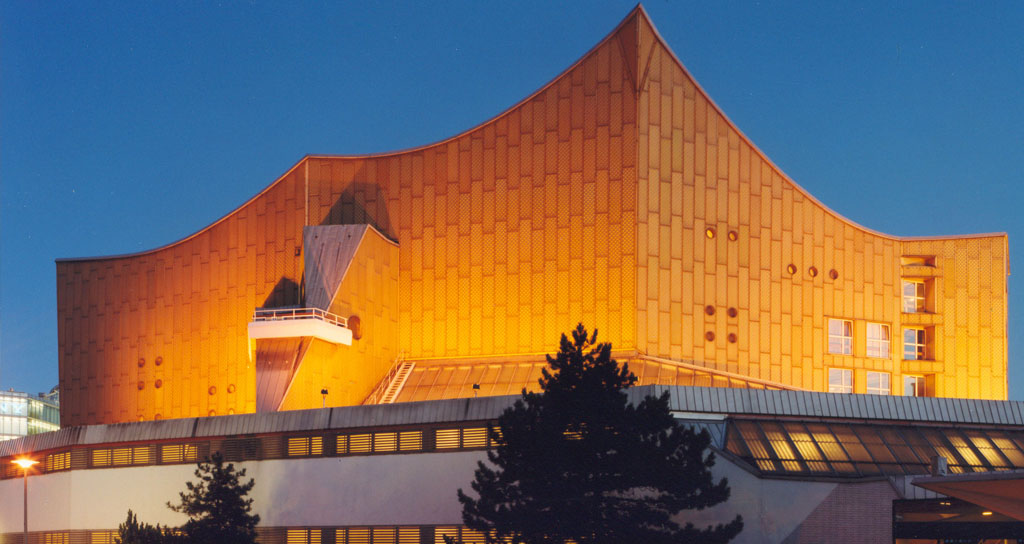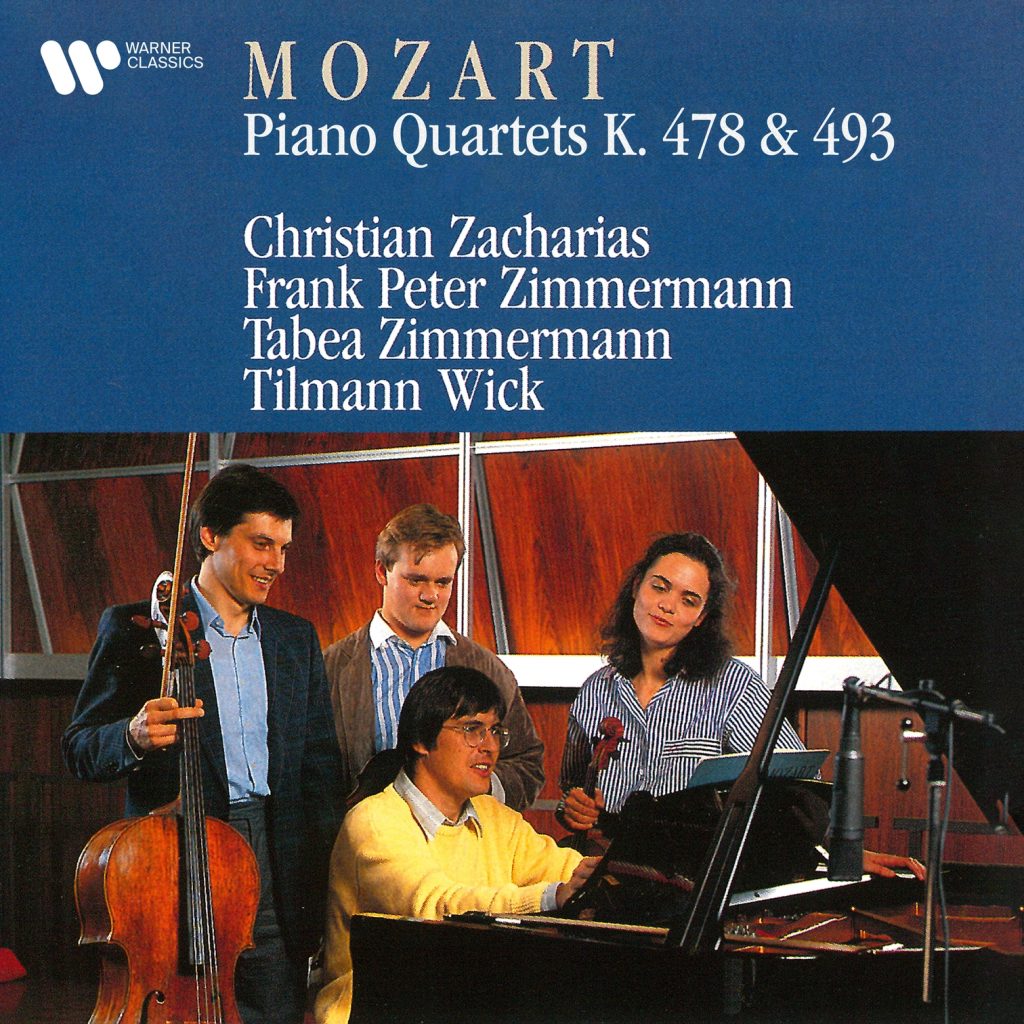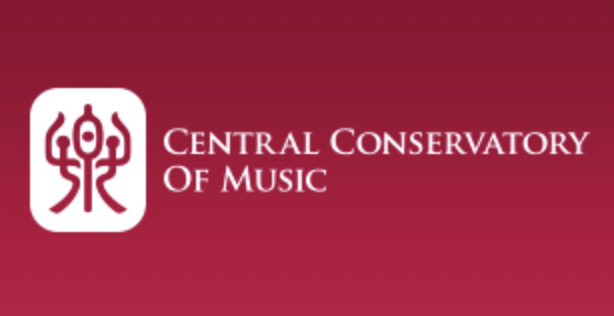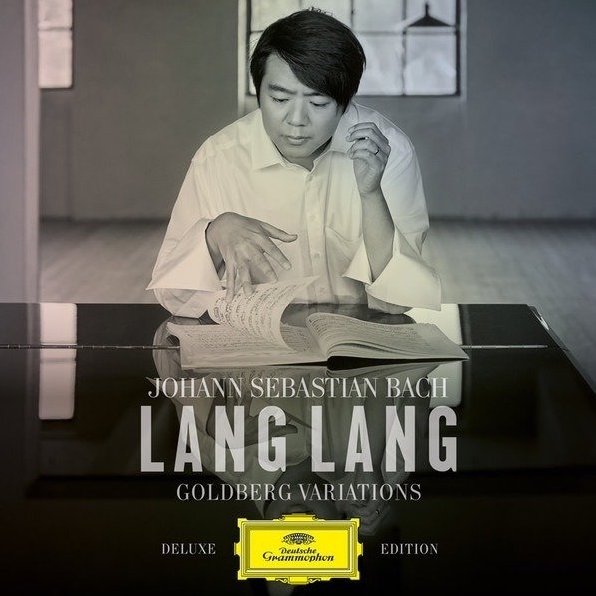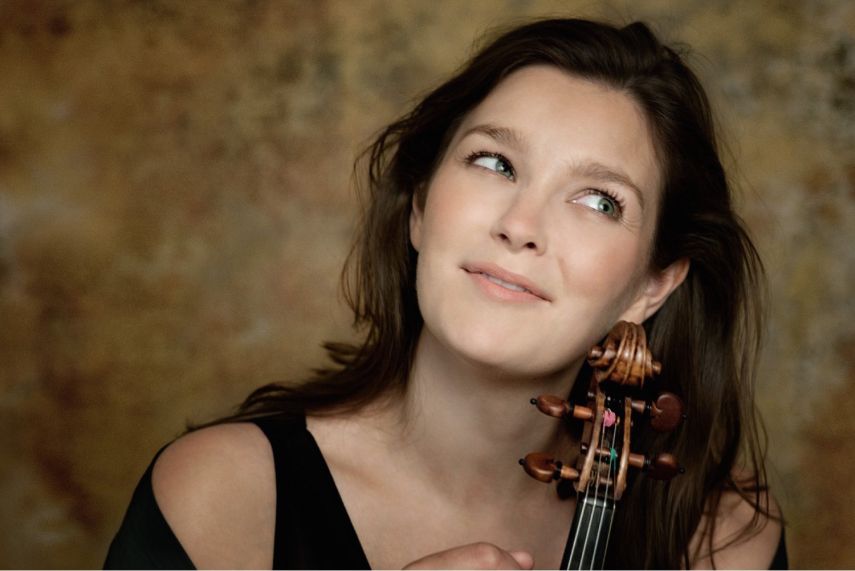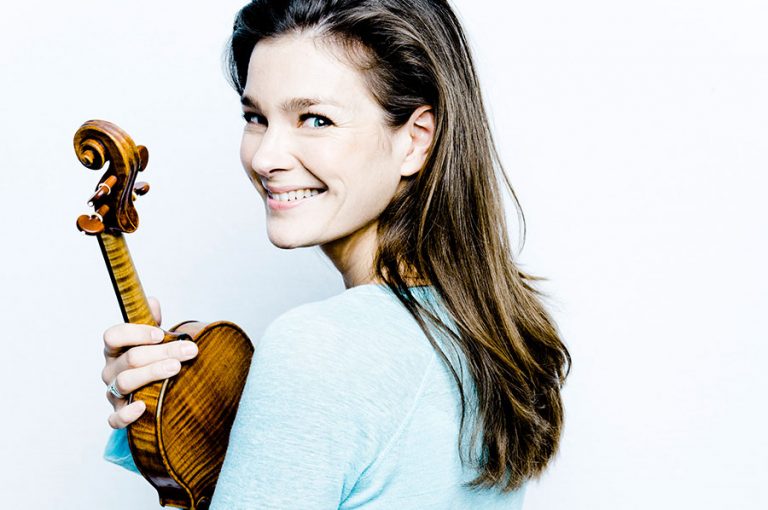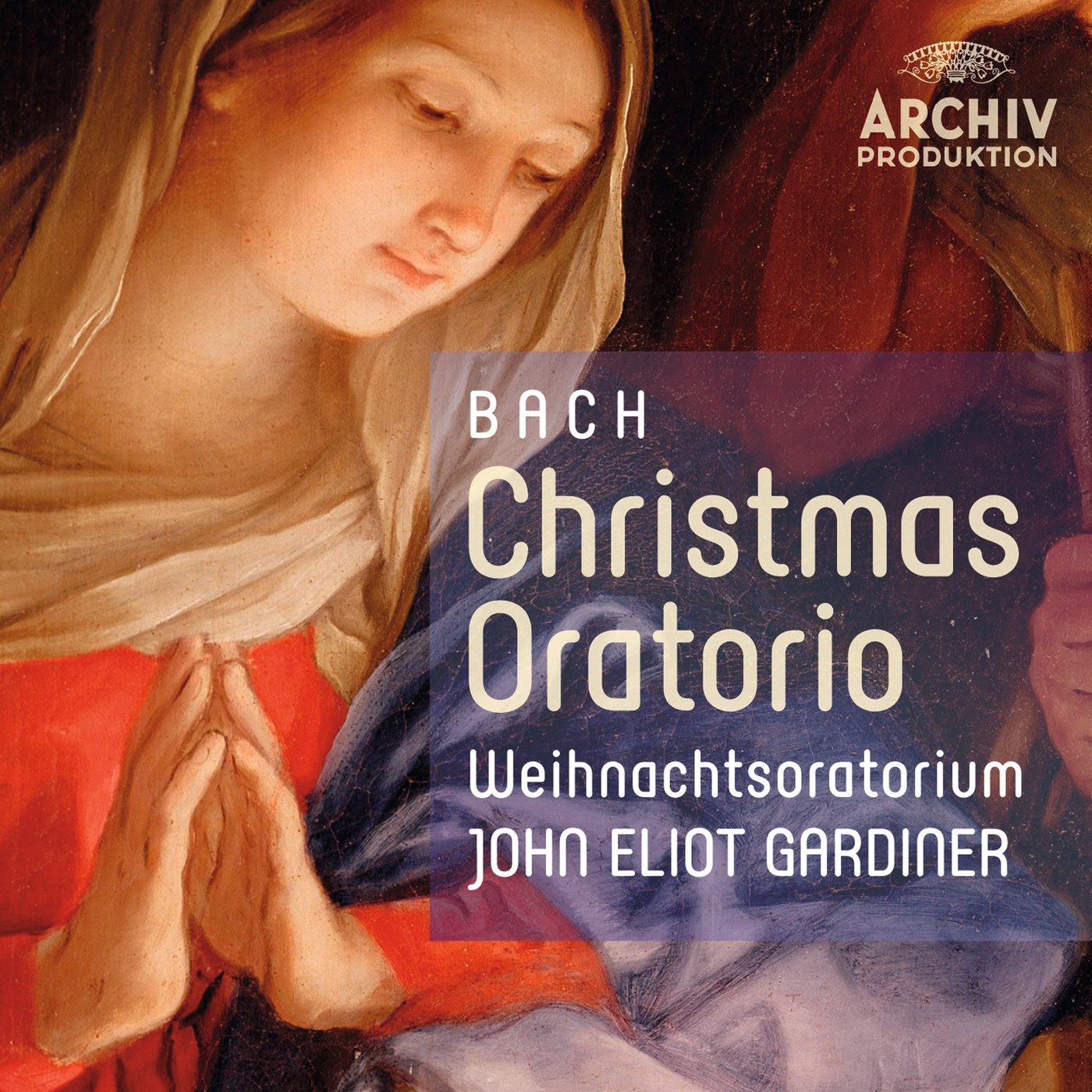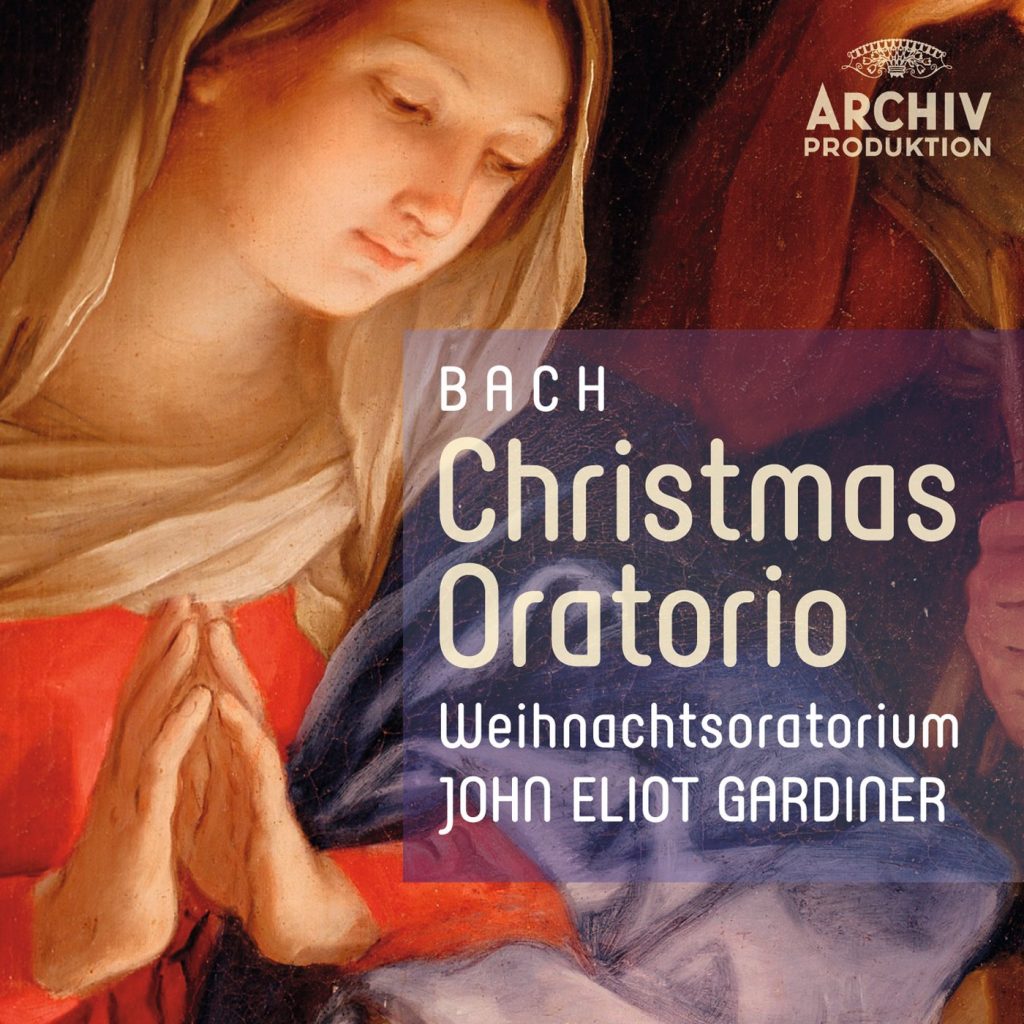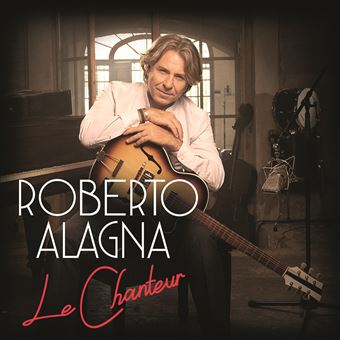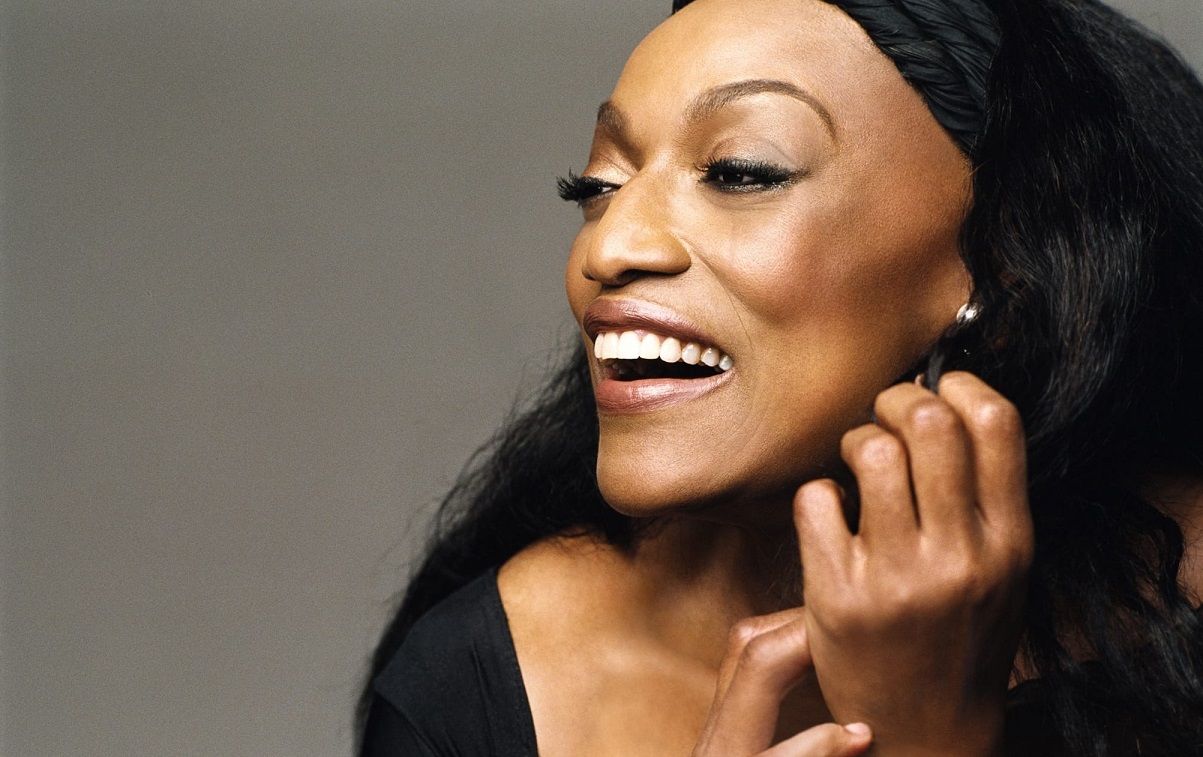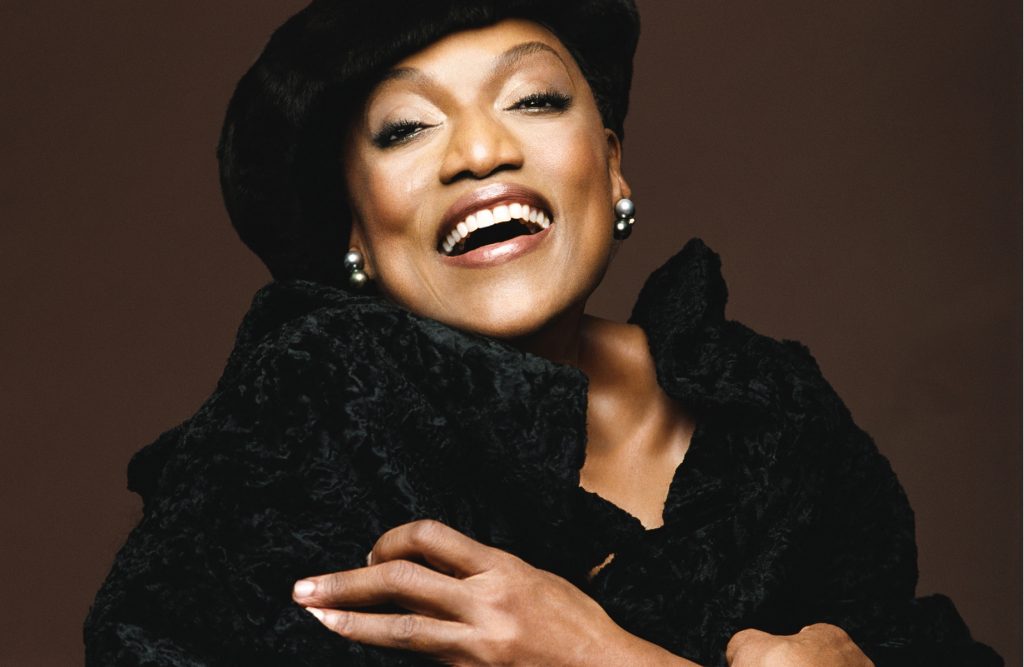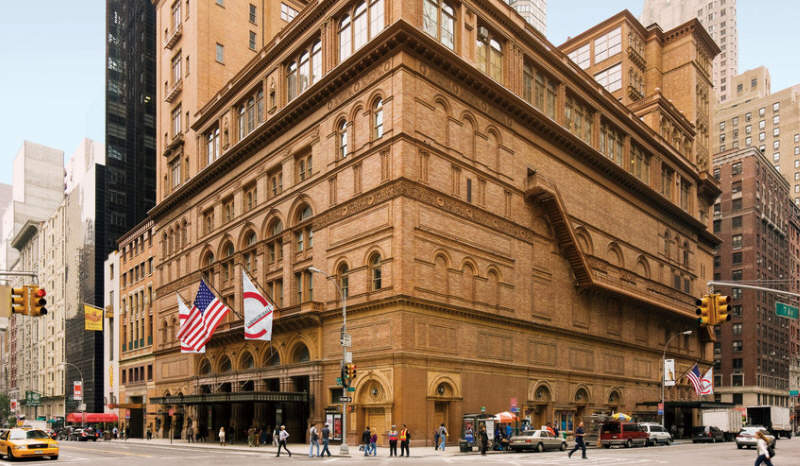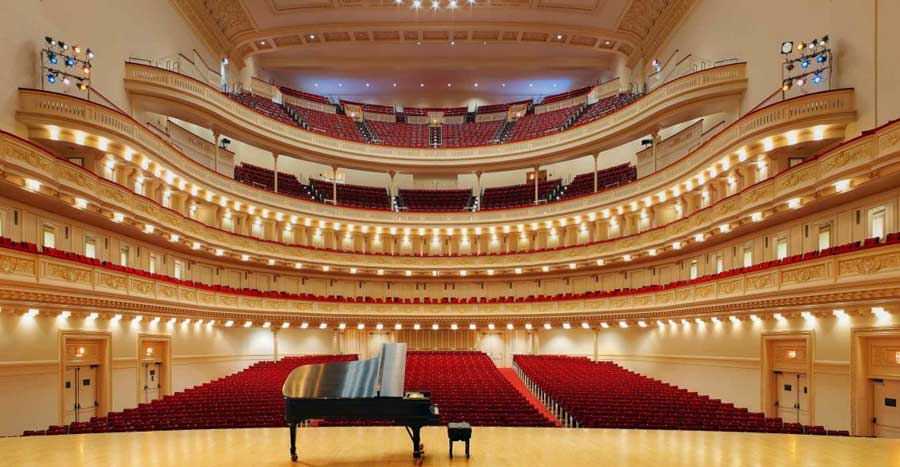Berliner Philharmoniker
Inovative design, great acoustics
Top Classical, January 2021
The Philharmonie lies on the south edge of the city’s Tiergarten and just west of the former Berlin Wall. It was built to replace the old Philharmonie, destroyed by British bombers on 30 January 1944, the eleventh anniversary of Hitler becoming Chancellor.
The hall was designed by Hans Scharoun was completed in 1963. The iconic building is asymmetrical in shape appearing like a golden, draped tent. The concert hall is still highly regarded for its original design and acoustic qualities. It opened on 15 October 1963 with Herbert von Karajan conducting Beethoven’s 9th Symphony. Shortly before the new concert hall opened in 1963, experts used pistol shots to test the acoustics, and that’s how the world-renowned Philharmonie came to have its perfect sound.
The Philharmonie is comprised of two venues with a connecting lobby, the Grand Hall with 2,440 seats for orchestral concerts and the Chamber Music Hall with 1,180.
The Berliner Philharmonie was one of the first concert buildings to be designed with a central stage, surrounded by audience seating on all four sides. When looking at a section of the building, the main auditorium is shaped to project sound in all directions. The angular ceiling is draped over the auditorium space which heightens the rhythmic sounds. The Philharmonic’s tent-like appearance has made it a favorite venue for musicians and listeners alike.
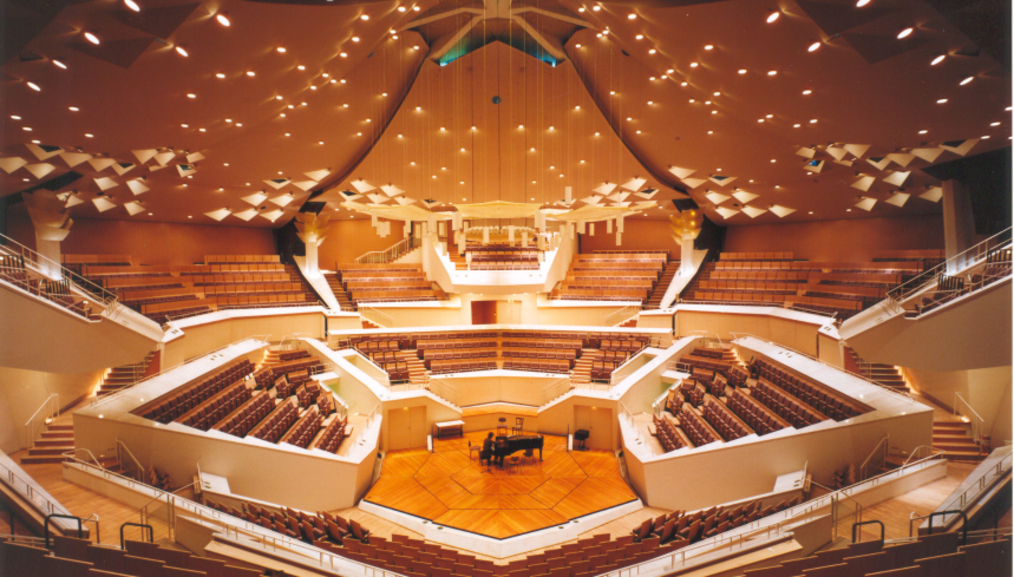
On 20 May 2008 a fire broke out in the hall. One-quarter of the roof had considerable damage, as firefighters were required to cut openings in order to reach the flames beneath the roof. The hall interior sustained water damage but was otherwise “generally unharmed”.
Every Tuesday at 1 pm, the popular free lunchtime concert series presents a superb program of chamber music lasting around 45 minutes. Here, the top-flight musicians play for free, only asking visitors for a donation to the UNICEF Children’s Fund.
The Berliner Philharmoniker orchestra traditionally mark the end of their season by leaving their hallowed hall and heading for the open-air venue of the Waldbühne. The concert there has a very special atmosphere, and, by popular demand, always ends with the old Berlin operetta tune Das ist die Berliner Luft (That’s the Berlin air), accompanied by the audience clapping enthusiastically!
In 2020 The Berlin Philharmonic offers live recitals from the Philharmonie on Saturday evenings. Each week a small group of leading musicians from the Berlin Philharmonic will come together for an hour of live chamber music, followed by part of a recorded concert from the orchestra’s archive. These online concerts are largely followed around the world and have great acceptance from the audiences. If you’d like to join the hall’s on-line community please visit: www.berliner-philharmoniker.de

